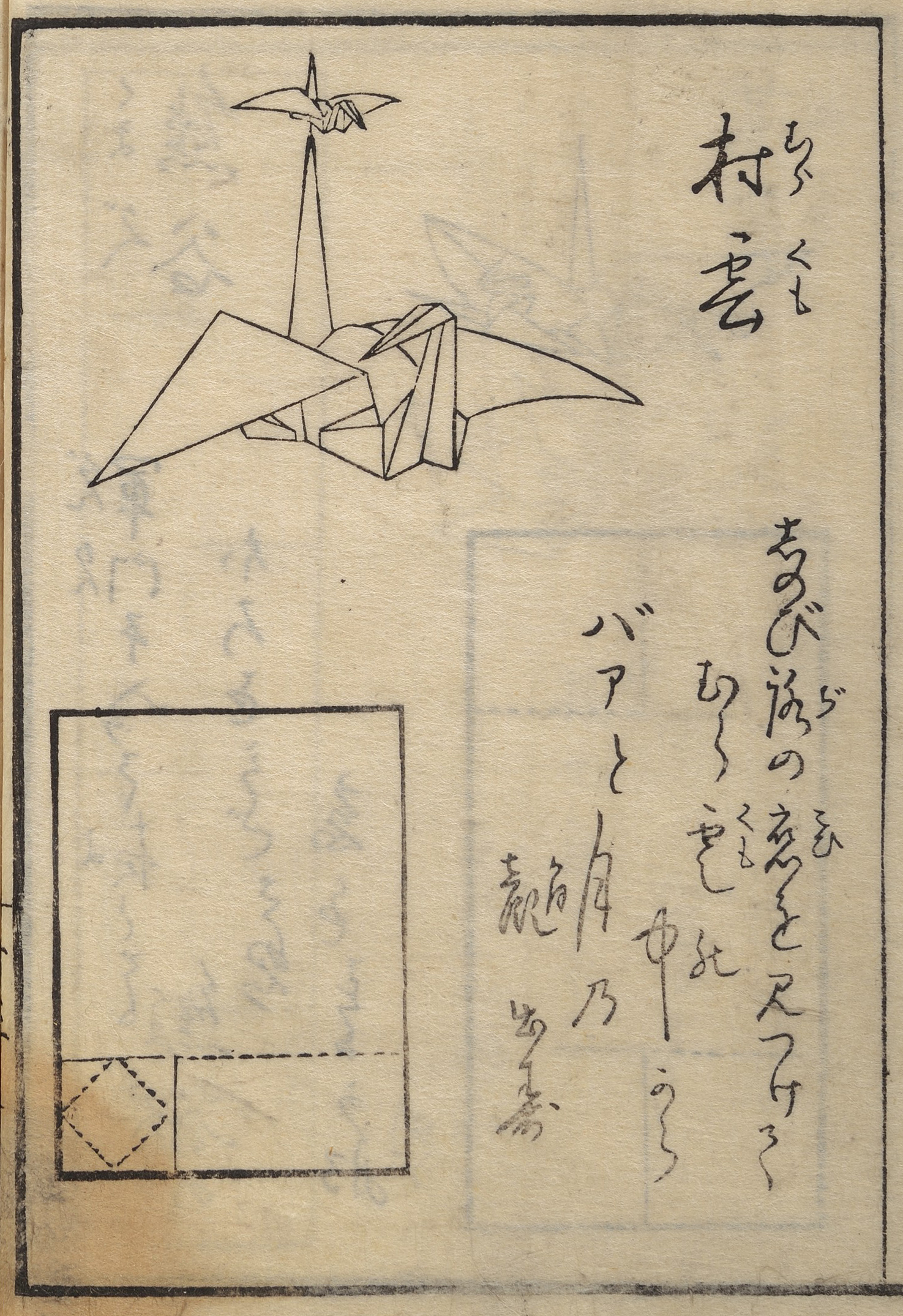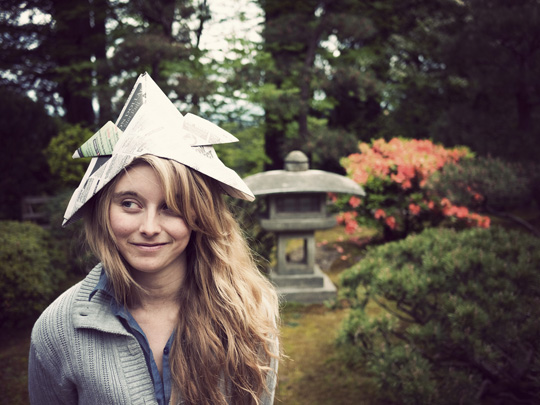In this Video Robert Lang explores the link between art and practical applications at the intersection of origami and mathematics. "The secret to productivity is letting dead people do your work for you."
Robert Lang is a pioneer of the newest kind of origami -- using math and engineering principles to fold mind-blowingly intricate designs that are beautiful and, sometimes, very useful.
Robert Lang merges mathematics with aesthetics to fold elegant modern origami. His scientific approach helps him make folds once thought impossible -- and has secured his place as one of the first great Western masters of the art.
What do you think of his presentation? what part of his work do you consider innovative? Extrapolate your answer in no less than 2 paragraphs in the comment section
This comment counts towards your participation grades




























